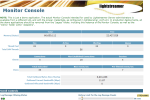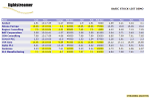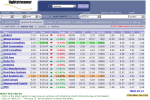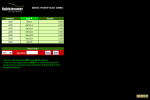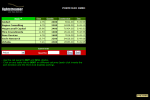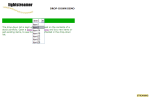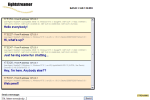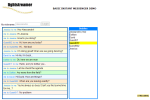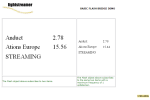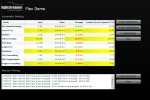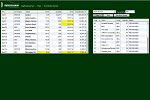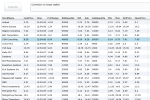Monitor Console Demo >>
This application shows a real-time monitor console. Several metrics are reported as they change on the server.
NOTE: This is a demo application. The actual Monitor Console, which is intended for use by the Lightstreamer
Server administrators, is available by default from
/monitor/
(this can be configured in lightstreamer_conf.xml and proper credentials can be added).
Client Source Code
HTML/JavaScript: pages/demos/MonitorDemo
Subscriptions and Grids Involved:
Three StaticGrids containing the items and fields for the statistics, subscribed to in MERGE mode.
Fields from a single item are associated to cells scattered in the page.
Three DynaGrids for the three scrolling log pane items, subscribed to in DISTINCT mode.
Adapters Involved:
MONITOR: an internal Data Adapter that reports monitoring data on Lightstreamer Server itself.
Of course, other monitoring applications will need their own Data Adapter.
MonitorDemo: a simple Metadata Adapter that inherits from LiteralBasedProvider.
(*)
MonitorDemo Source Code
Java: DOCS-SDKs/sdk_adapter_java/examples/Monitor_MetadataAdapter


